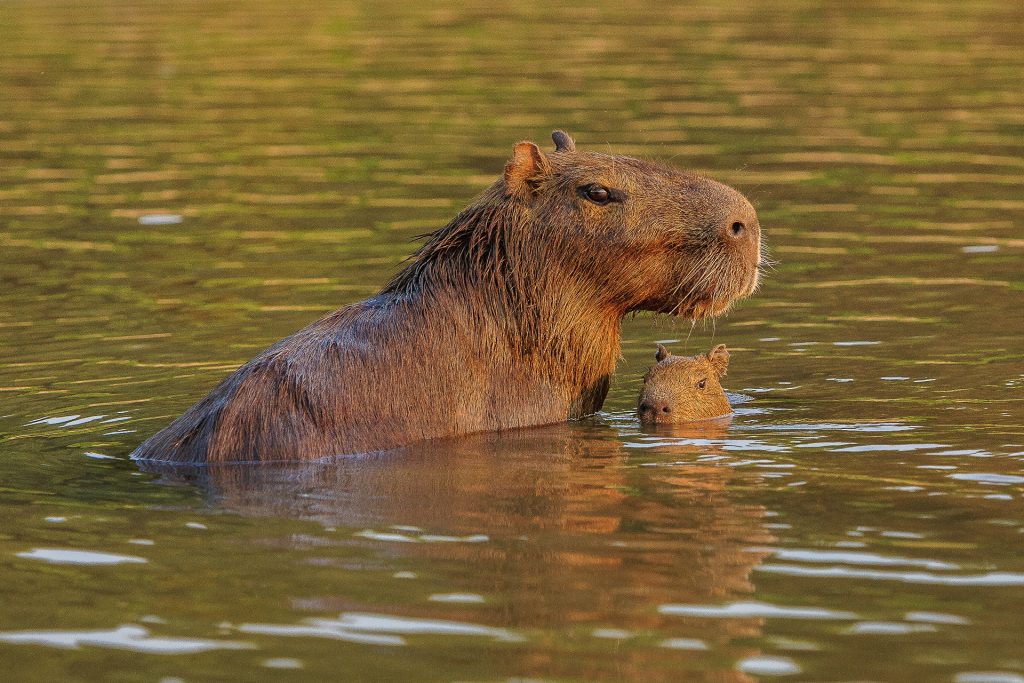After spending our first two days in the Pantanal roaming around grassy fields and wetlands, we moved on to Porto Jofre, where the southern end of the Transpantaneira Highway meets the Cuiabá River—and there we spent the better part of two days on boats on the river.

Wikipedia describes Porto Jofre as a “settlement,” which I guess is a few notches below a town or village. In an earlier post, I explained that the area once was primarily a destination for sport-fishing, and then about 12 years ago fishermen started seeing jaguars along the river; today, the jaguars are the big attraction. We stayed in a place that apparently got its start as a fishing camp, as evidenced by the accommodations: Each room had a barracks-like collection of four single beds in a row.
The routine at Porto Jofre was pretty straightforward: Get up around 4:30 am, breakfast at 5, pull your gear together and head to the dock by 6:15, get into the boats and go. We’d spend most of the morning Read more







